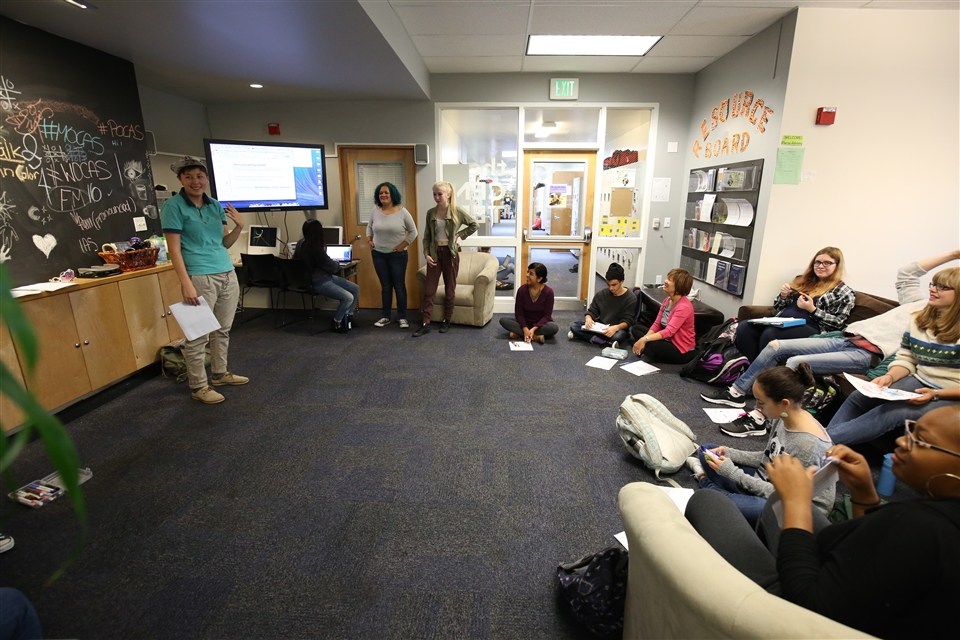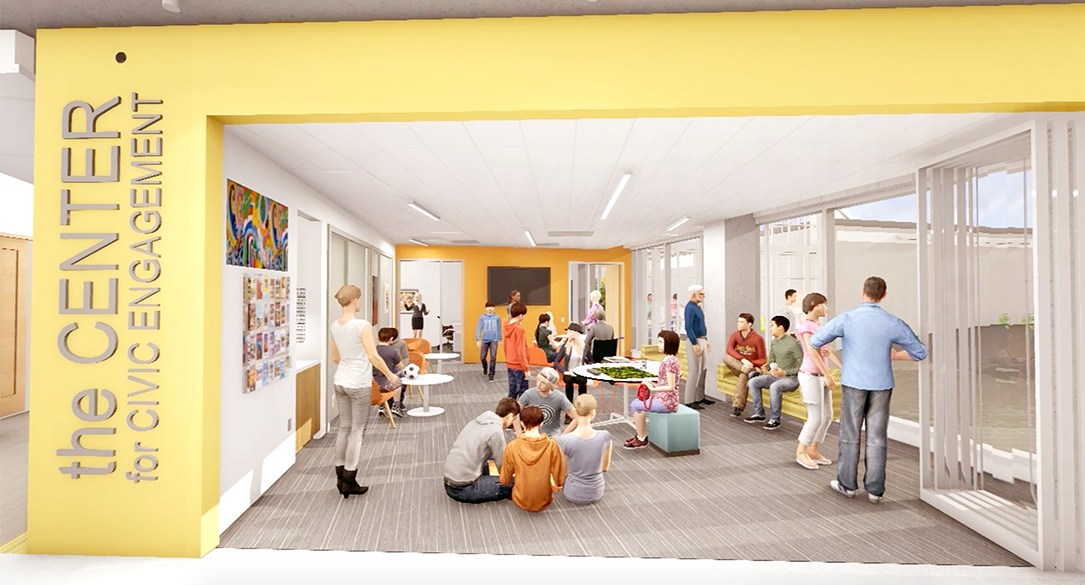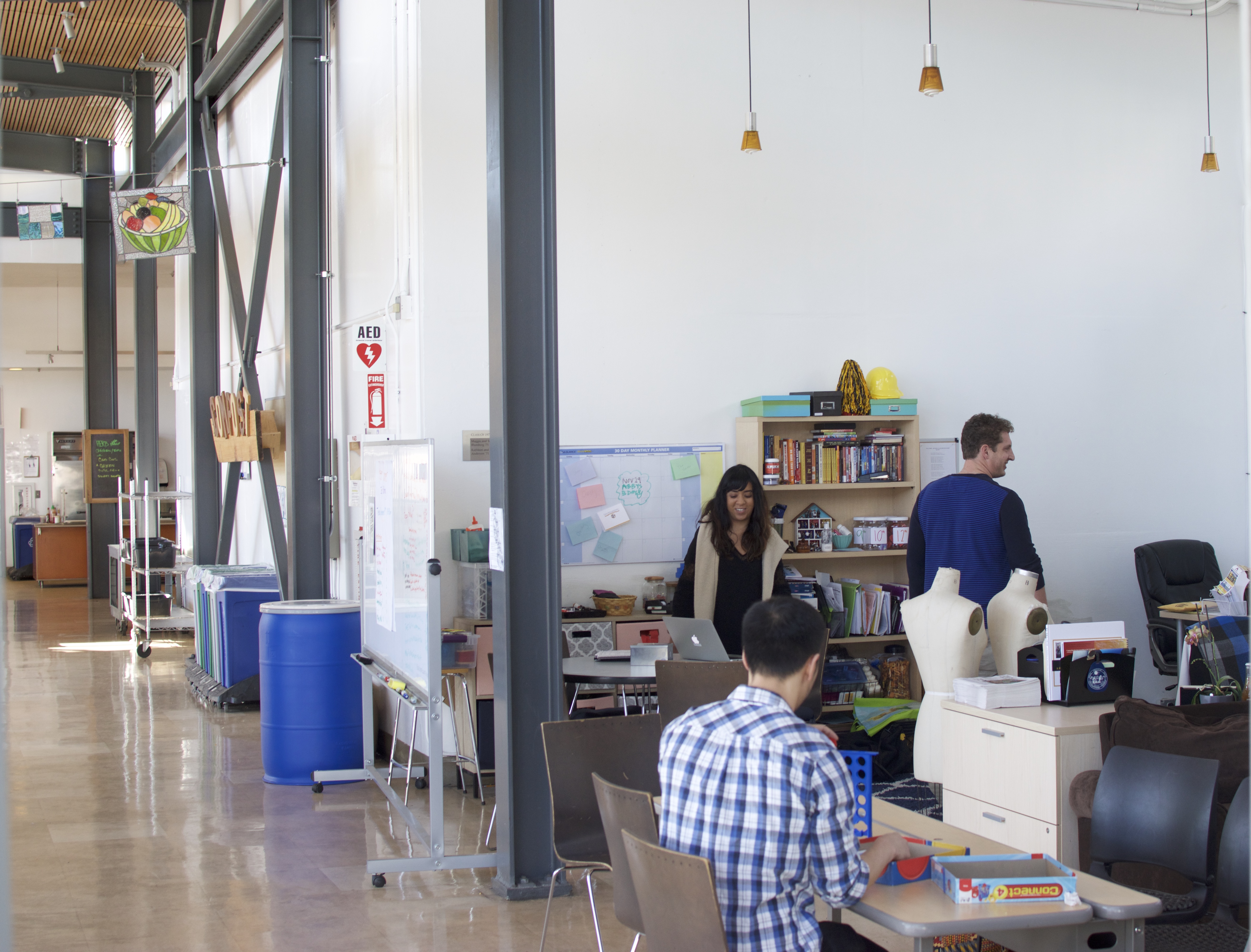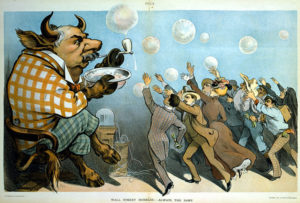The Center for Civic Engagement is where Lick-Wilmerding’s mission statement, “A Private School with a Public Purpose,” becomes a reality for LWHS students. It serves as the headquarters of LWHS’ Public Purpose Program, which, according to the Lick-Wilmerding website, “is a way for students to truly live LWHS’ mission and meaningfully engage with local, national, and global communities.” Historically, The Center has also had an important function within the LWHS community: it has offered a safe space for students of color to hang out and be themselves. Here, students offer their perspectives about how The Center’s relocation has affected its ability to fulfill this unofficial purpose.
Before this year, The Center was situated in an alcove at the end of the recently demolished main building’s upper hallway, which created a cozy and secluded space with a sense of privacy. Josh Caldwell ’18, who has regularly spent time in The Center since his freshman year, reflects on The Center’s old location. He says, “speaking for a bunch of kids of color it was like a home away from home.”

A meeting in The Center’s former location in the upper hallway of the main building photo by Eleanor Sananman
However, since The Center’s relocation, some students feel that this sense of security has waned. Khloe Thomas ’18, who frequents The Center, discusses the atmosphere of The Center’s new location. She says, “I wish there was more of a private space that’s not in such [an open] area. For students to be here in the Caf, like right next to it, it’s very loud. It’s kind of declining in its purpose of being a safe space. Now it’s less of a home.” Nameer Hirschkind ’19, who hasn’t spent a lot of time in The Center this year, feels similarly. Hirschkind says, “Definitely, The Center last year was nicer than this year. It’s just a worse space in the Caf. It has minimal value other than office space and little hangout space.”
A few students feel like they are being thrust into the public’s view and tokenized by the hypervisibility of the new location. Luis “Arturo” Gomez ’18 describes these feelings: “When there are people visiting, it makes me feel like I’m a display or something. It’s like [Lick is saying], ‘Look! We’re diverse!’” Caldwell noticed that numerous other students of color feel the same way. He discloses, “It’s [now] in the Caf, the center of Lick-Wilmerding, where everybody comes. A lot of [students of color] don’t necessarily like that attention.”
Other students feel that The Center’s former location was too secluded, and the relocation of The Center has made it feel more welcoming and inclusive. One of last year’s two Student Inclusion Chairs, Kelby Kramer ’17, offers his view on the issues with the Center’s former location. He recalls, “The Center [was] tucked back in the corner. A lot [of] times there were posters and stuff [on the glass door], so the inside [was] kind of hidden, [which] really brought up questions about visibility.” Kramer expands upon this, saying “it really did detract from the possibility of [students] branching out… [it] isolated the social community [of LWHS] into chunks, more so than I think it [would’ve] if it [were] out in [a] more visible area.” A number of students who have recently begun to spend time in The Center expressed how the new location has encouraged them to visit the space. Sam Ludeke ’20 offers his perspective on the The Center’s relocation. He says, “It’s definitely different than last year because last year it had doors, so it definitely felt like a separate space.”
Many students believe that the The Center’s status as a safe space for people of color is not synonymous with an exclusion of white students. Caldwell offers clarification, saying, “There’s a misconception about The Center: it’s a bunch of [people of color making a statement] like, ‘we hate white people,’ [but] that’s not the case, it’s just… sometimes you just need that [safe] space.” Roma Edwards ’20 has a similar understanding of the situation, saying “a lot of people in The Center are people of color and I’ve heard some white people will be like, ‘Oh, I’m sorta of scared to go into The Center,’ and I feel like that’s a bit weird. Nobody’s going to judge you for sitting in The Center, but it might sort of seem… ‘Oh since I’m white or whatever, people are going to think it’s weird if I hang out in there,’ and obviously that’s not how people actually feel.”
The various student perspectives on The Center’s relocation raises pressing questions about how The Center should function as a social space, especially with its new location next year. What is the perfect balance of privacy and inclusivity in the space?

A mock-up photo for the new Center for Civic Engagement in the entrance of the renovated building photo courtesy of EHDD
How can The Center be a space that accommodates all of LWHS students and their different social needs simultaneously? Hirschkind suggests, “maybe The Center could be broadened a little bit, in that it wouldn’t feel like a complete divide where some students [can] feel totally safe and [other] students feel really awkward. [I hope] people acknowledge that it is a place predominantly for people of color… But it can also be a place for others to hang out.” Edwards proposes, “I would rather The Center be more open… The Center is a safe space, which is nice, [and] I think that, socially, I like how it is, but it could also be a bit more inclusive.”
Although there is some consensus that The Center should be opened up to more students, many students emphasize the importance of still having a safe space for students of color on campus. Annette Vergara-Tucker ’19, a member of FM (an affinity space for female-identifying students of color), offers her perspective on The Center’s importance to students of color. “The main [challenge] we face daily is being a student of color, so in a space with [only] students of color that becomes a non-factor, and you get to just be a person.” She adds, “I think it would be good for kids at Lick to be able to accept that sometimes people need a [specific] space.” Ludeke also acknowledges the importance of having such a space, he said, “I do think it is important to have a safe space for people of color because I know [that] my brother’s grade (the Class of 2017) [was] a really racially divided grade, and The Center was a safe space for people of color and that was really important.” Caldwell had similar thoughts. “I feel like a bunch of kids of color going to a predominantly white school… if you’re not used to that like I was, it gets hard sometimes, so the fact that I’m able to have a community [space] where the kids of color hang out, it’s refreshing.”
Despite its challenges, the struggle to balance the interests of all of LWHS’ students provides an opportunity for The Center to become a catalyst for addressing diversity in LWHS’ community as a whole. Gomez offered his hopes for LWHS’ community, saying, “I want to see Lick be more inclusive itself, around the community, [with] people being able to interact with each other without looking at skin color and their socioeconomic status and all those kinds of things, and just be a neutral place where everybody can interact and get to know each other and hear different experiences.”





